Coalescing Connections to Improve Network Privacy and Performance
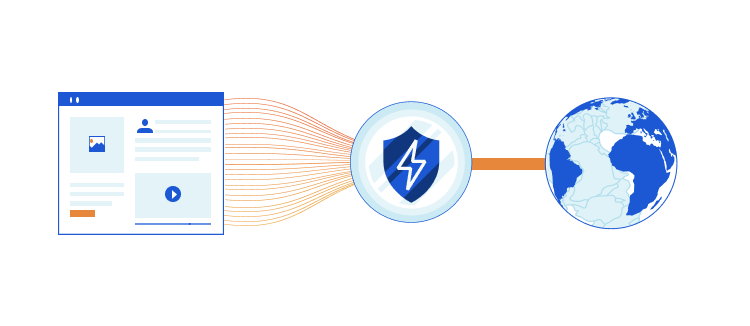

Web pages typically have a large number of embedded subresources (e.g., JavaScript, CSS, image files, ads, beacons) that are fetched by a browser on page loads. Requests for these subresources can prompt browsers to perform further DNS lookups, TCP connections, and TLS handshakes, which can have a significant impact on how long it takes for the user to see the content and interact with the page. Further, each additional request exposes metadata (such as plaintext DNS queries, or unencrypted SNI in TLS handshake) which can have potential privacy implications for the user. With these factors in mind, we carried out a measurement study to understand how we can leverage Connection Coalescing (aka Connection Reuse) to address such concerns, and study its feasibility.
Background
The web has come a long way and initially consisted of very simple protocols. One of them was HTTP/1.0, which required browsers to make a separate connection for every subresource on the page. This design was quickly recognized as having significant performance bottlenecks and was extended with HTTP pipelining and persistent connections in HTTP/1.1 revision, which allowed HTTP requests to reuse the same TCP connection. But, yet again, this was no Continue reading
Introducing SSL/TLS Recommender


Seven years ago, Cloudflare made HTTPS availability for any Internet property easy and free with Universal SSL. At the time, few websites — other than those that processed sensitive data like passwords and credit card information — were using HTTPS because of how difficult it was to set up.
However, as we all started using the Internet for more and more private purposes (communication with loved ones, financial transactions, shopping, healthcare, etc.) the need for encryption became apparent. Tools like Firesheep demonstrated how easily attackers could snoop on people using public Wi-Fi networks at coffee shops and airports. The Snowden revelations showed the ease with which governments could listen in on unencrypted communications at scale. We have seen attempts by browser vendors to increase HTTPS adoption such as the recent announcement by Chromium for loading websites on HTTPS by default. Encryption has become a vital part of the modern Internet, not just to keep your information safe, but to keep you safe.
When it was launched, Universal SSL doubled the number of sites on the Internet using HTTPS. We are building on that with SSL/TLS Recommender, a tool that guides you to stronger configurations for the backend connection Continue reading
Dynamic Process Isolation: Research by Cloudflare and TU Graz
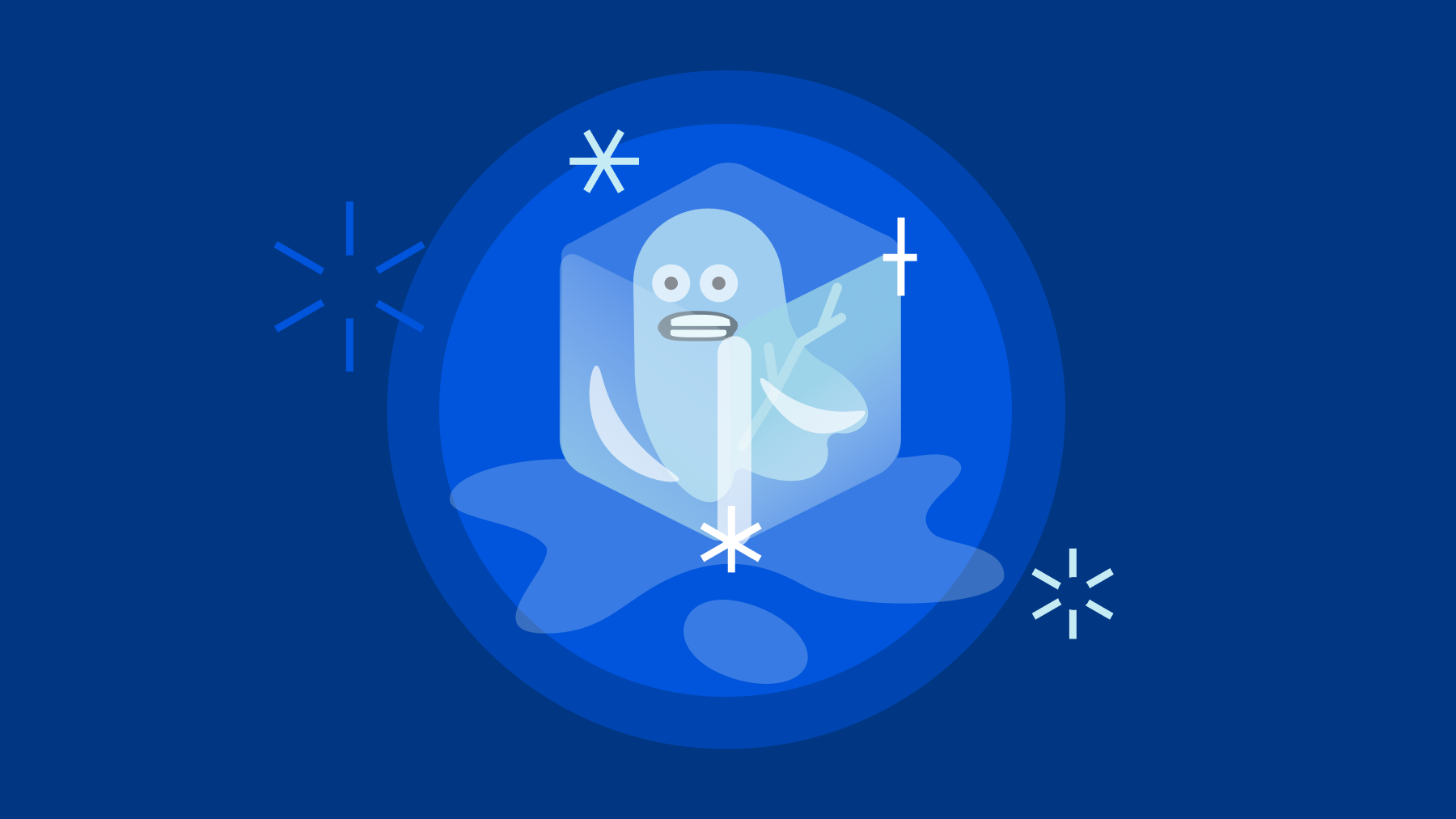
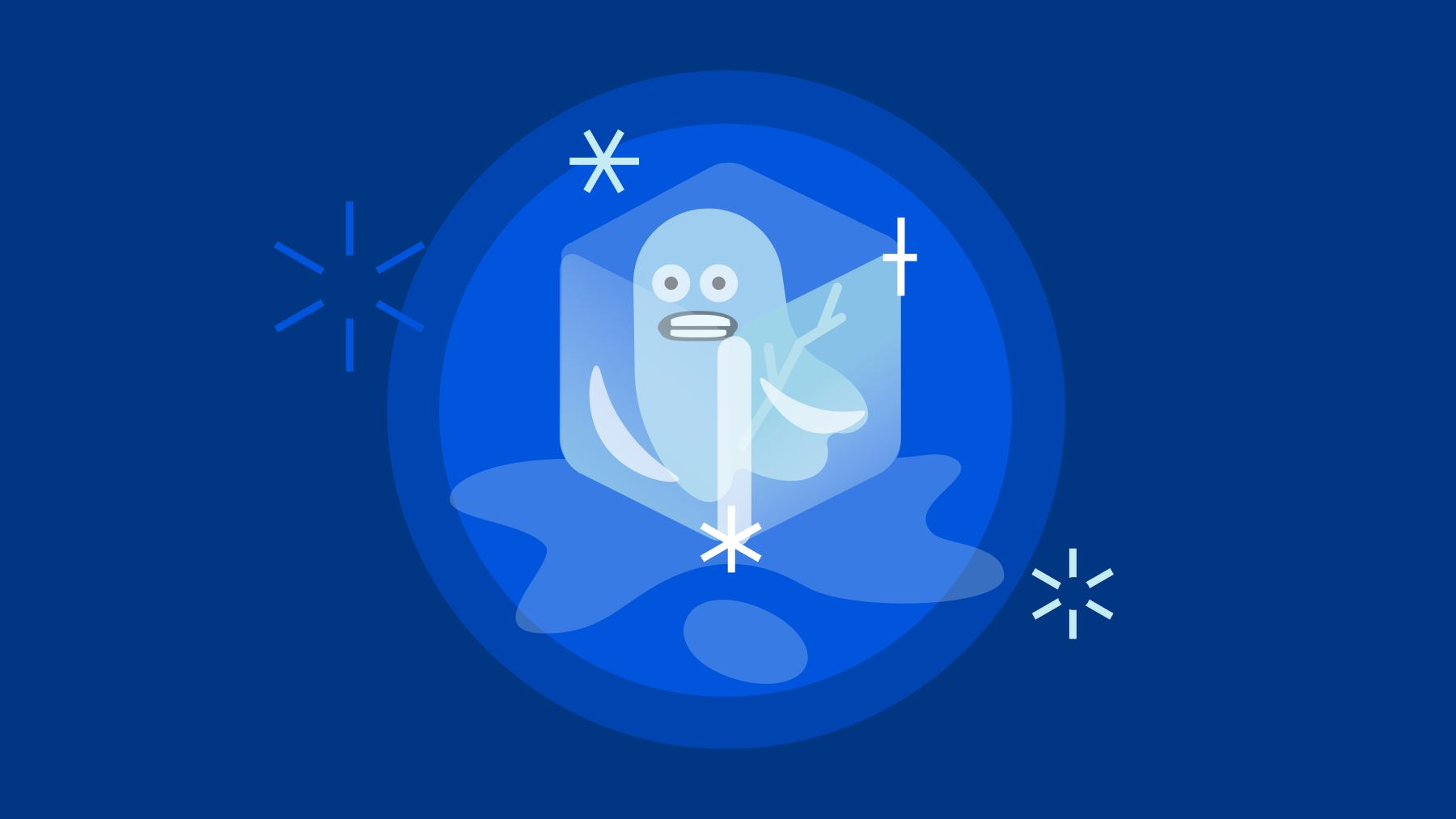
Last year, I wrote about the Cloudflare Workers security model, including how we fight Spectre attacks. In that post, I explained that there is no known complete defense against Spectre — regardless of whether you're using isolates, processes, containers, or virtual machines to isolate tenants. What we do have, though, is a huge number of tools to increase the cost of a Spectre attack, to the point where it becomes infeasible. Cloudflare Workers has been designed from the very beginning with protection against side channel attacks in mind, and because of this we have been able to incorporate many defenses that other platforms — such as virtual machines and web browsers — cannot. However, the performance and scalability requirements of edge compute make it infeasible to run every Worker in its own private process, so we cannot rely on the usual defenses provided by the operating system kernel and address space separation.
Given our different approach, we cannot simply rely on others to tell us if we are safe. We had to do our own research. To do this we partnered with researchers at Graz University of Technology (TU Graz) to study the impact of Spectre on our environment. The Continue reading
Handshake Encryption: Endgame (an ECH update)
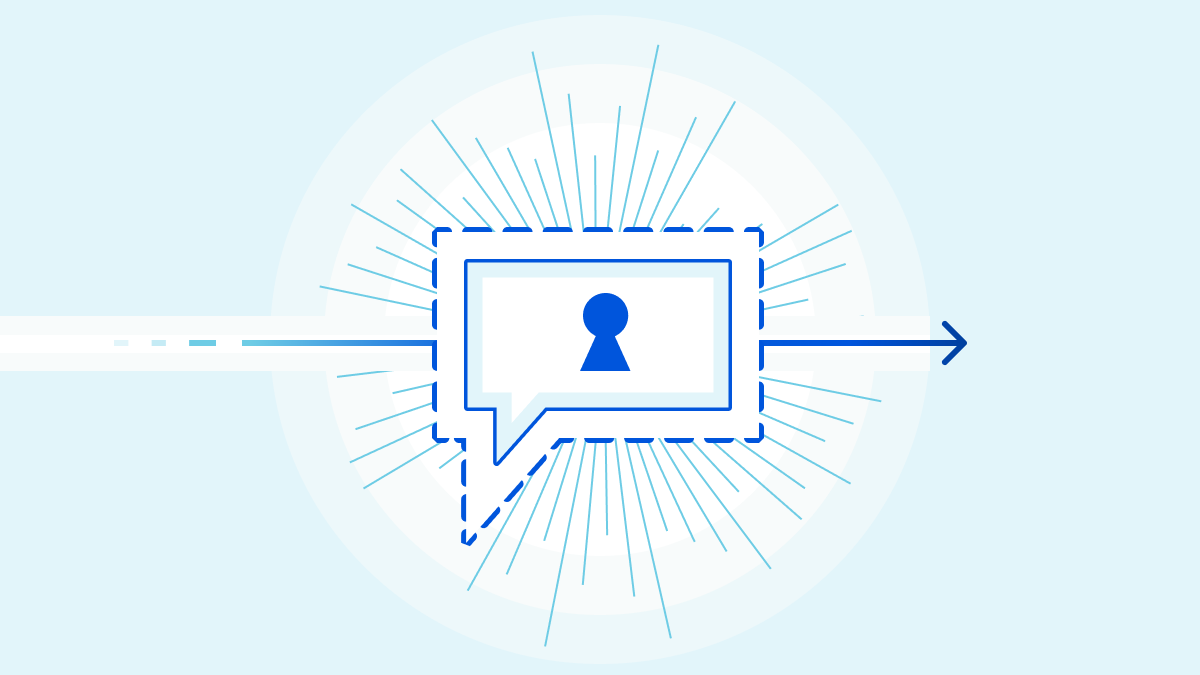
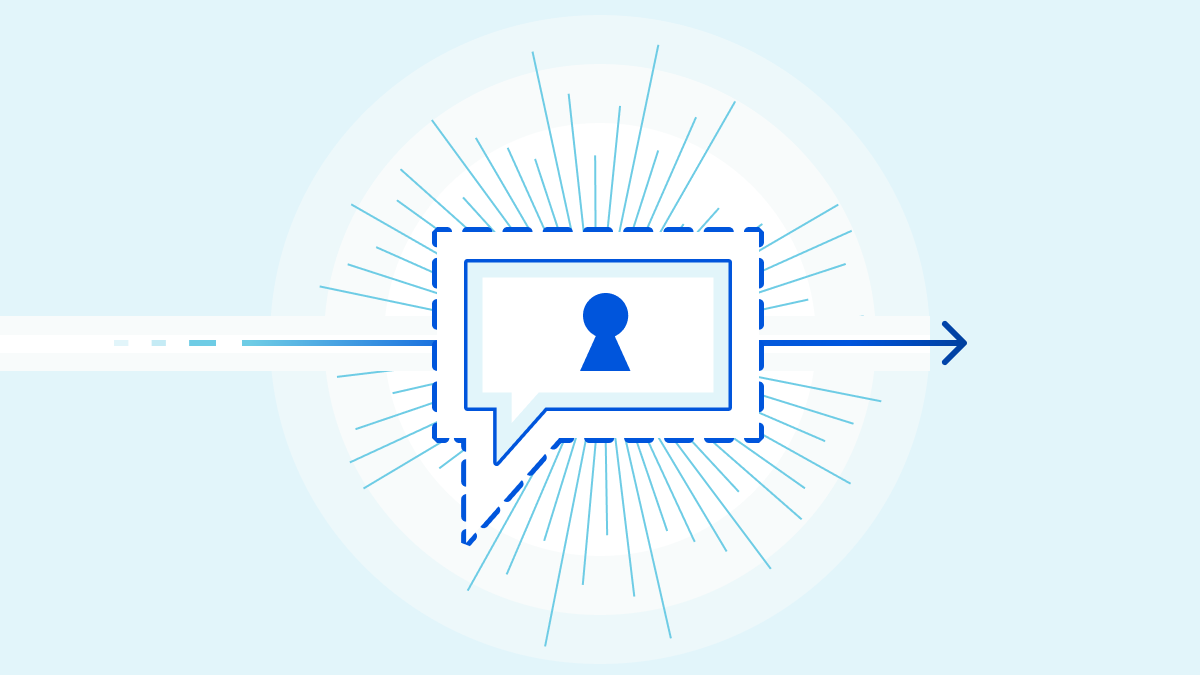
Privacy and security are fundamental to Cloudflare, and we believe in and champion the use of cryptography to help provide these fundamentals for customers, end-users, and the Internet at large. In the past, we helped specify, implement, and ship TLS 1.3, the latest version of the transport security protocol underlying the web, to all of our users. TLS 1.3 vastly improved upon prior versions of the protocol with respect to security, privacy, and performance: simpler cryptographic algorithms, more handshake encryption, and fewer round trips are just a few of the many great features of this protocol.
TLS 1.3 was a tremendous improvement over TLS 1.2, but there is still room for improvement. Sensitive metadata relating to application or user intent is still visible in plaintext on the wire. In particular, all client parameters, including the name of the target server the client is connecting to, are visible in plaintext. For obvious reasons, this is problematic from a privacy perspective: Even if your application traffic to crypto.cloudflare.com is encrypted, the fact you’re visiting crypto.cloudflare.com can be quite revealing.
And so, in collaboration with other participants in the standardization community and members of Continue reading
Privacy Pass v3: the new privacy bits


In November 2017, we released our implementation of a privacy preserving protocol to let users prove that they are humans without enabling tracking. When you install Privacy Pass’s browser extension, you get tokens when you solve a Cloudflare CAPTCHA which can be used to avoid needing to solve one again... The redeemed token is cryptographically unlinkable to the token originally provided by the server. That is why Privacy Pass is privacy preserving.
In October 2019, Privacy Pass reached another milestone. We released Privacy Pass Extension v2.0 that includes a new service provider (hCaptcha) which provides a way to redeem a token not only with CAPTCHAs in the Cloudflare challenge pages but also hCaptcha CAPTCHAs in any website. When you encounter any hCaptcha CAPTCHA in any website, including the ones not behind Cloudflare, you can redeem a token to pass the CAPTCHA.
We believe Privacy Pass solves an important problem — balancing privacy and security for bot mitigation— but we think there’s more to be done in terms of both the codebase and the protocol. We improved the codebase by redesigning how the service providers interact with the core extension. At the same time, we made progress on the Continue reading
Announcing Cloudflare Research Hub


As highlighted yesterday, research efforts at Cloudflare have been growing over the years as well as their scope. Cloudflare Research is proud to support computer science research to help build a better Internet, and we want to tell you where you can learn more about our efforts and how to get in touch.
Why are we announcing a website for Cloudflare Research?
Cloudflare is built on a foundation of open standards which are the result of community consensus and research. Research is integral to Cloudflare’s mission as is the commitment to contribute back to the research and standards communities by establishing and maintaining a growing number of collaborations.
Throughout the years we have cherished many collaborations and one-on-one relationships, but we have probably been missing a lot of interesting work happening elsewhere. This is our main motivation for this Research hub of information: to help us build further collaborations with industrial and academic research groups, and individuals across the world. We are eager to interface more effectively with the wider research and standards communities: practitioners, researchers and educators. And as for you, dear reader, we encourage you to recognize that you are our audience too: we often hear that Continue reading
Internship Experience: Research Engineer


I spent my summer of 2020 as an intern at Cloudflare working with the incredible research team. I had recently started my time as a PhD student at the University of Washington’s Paul G Allen School of Computer Science and Engineering working on decentralizing and securing cellular network infrastructure, and measuring the adoption of HTTPS by government websites worldwide. Here's the story of how I ended up on Cloudflare TV talking about my award-winning research on a project I wasn't even aware of when the pandemic hit.
Prior to the Internship
It all started before the pandemic, when I came across a job posting over LinkedIn for an internship with the research team at Cloudflare. I had been a happy user of Cloudflare’s products and services and this seemed like a very exciting opportunity to really work with them towards their mission to help build a better Internet. While working on research at UW, I came across a lot of prior research work published by the researchers at Cloudflare, and was excited to possibly be a part of the research team and interact with them. Without second thoughts, I submitted an application through LinkedIn and waited to hear back from Continue reading
Cloudflare invites visiting researchers!


As part of Cloudflare’s effort to build collaborations with academia, we host research focused internships all year long. Interns collaborate cross-functionally in research projects and are encouraged to ship code and write a blog post and a peer-reviewed publication at the end of their internship. Post-internship, many of our interns have joined Cloudflare to continue their work and often connect back with their alma mater strengthening idea sharing and collaborative initiatives.
Last year, we extended the intern experience by hosting Thomas Ristenpart, Associate Professor at Cornell Tech. Thomas collaborated for half a year on a project related to password breach alerting. Based on the success of this experience we are taking a further step in creating a structured Visiting Researcher program, to broaden our capabilities and invest further on a shared motivation with academics.
Foster engagement and closer partnerships
Our current research focuses on applied cryptography, privacy, network protocols and architecture, measurement and performance evaluation, and, increasingly, distributed systems. With the Visiting Researcher program, Cloudflare aims to foster a shared motivation with academia and engage together in seeking innovative solutions to help build a better Internet in the mentioned domains.
We expect to support the operationalization of ideas that emerge Continue reading
Cloudflare Research: Two Years In

Great technology companies build innovative products and bring them into the world; iconic technology companies change the nature of the world itself.

Cloudflare’s mission reflects our ambitions: to help build a better Internet. Fulfilling this mission requires a multifaceted approach that includes ongoing product innovation, strategic decision-making, and the audacity to challenge existing assumptions about the structure and potential of the Internet. Two years ago, Cloudflare Research was founded to explore opportunities that leverage fundamental and applied computer science research to help change the playing field.
We’re excited to share five operating principles that guide Cloudflare’s approach to applying research to help build a better Internet and five case studies that exemplify these principles. Cloudflare Research will be all over the blog for the next several days, so subscribe and follow along!
Innovation comes from all places
Innovative companies don’t become innovative by having one group of people within the company dedicated to the future; they become that way by having a culture where new ideas are free-flowing and can come from anyone. Research is most effective when it is permitted to grow beyond or outside isolated lab environments, is deeply integrated into all facets of a company’s work, Continue reading
Where is mobile traffic the most and least popular?


You’re having dinner, you look at the table next to and everyone is checking their phone, scrolling and browsing and interacting with that little (is getting bigger) piece of hardware that puts you in contact with friends, family, work and the giant public square of sorts that social media has become. That could happen in the car (hopefully with the passengers, never the driver), at home when you’re on the sofa, in bed or even when you’re commuting or just bored in line for the groceries.
Or perhaps you use your mobile phone as your only connection to the Internet. It might be your one means of communication and doing business. For many, the mobile Internet opened up access and opportunity that simply was not possible before.
Around the world the use of mobile Internet differs widely. In some countries mobile traffic dominates, in others desktop still reigns supreme.
Mobile Internet traffic has changed the way we relate to the online world — work (once, for some, done on desktop/laptop computers) is just one part of it — and Cloudflare Radar can help us get a better understanding of global Internet traffic but also access regional trends, and monitor emerging Continue reading
What happened on the Internet during the Facebook outage
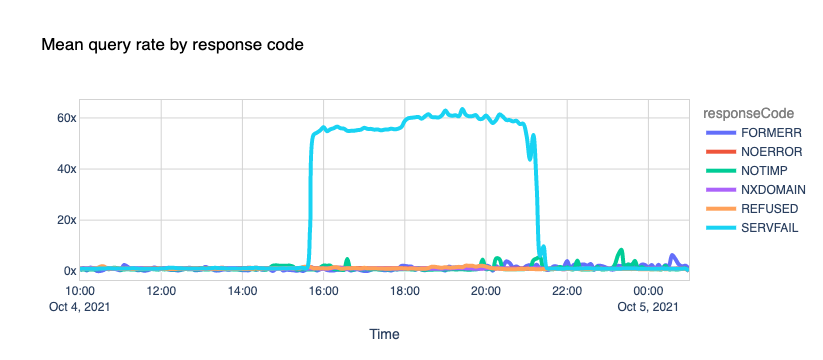
It's been a few days now since Facebook, Instagram, and WhatsApp went AWOL and experienced one of the most extended and rough downtime periods in their existence.
When that happened, we reported our bird's-eye view of the event and posted the blog Understanding How Facebook Disappeared from the Internet where we tried to explain what we saw and how DNS and BGP, two of the technologies at the center of the outage, played a role in the event.
In the meantime, more information has surfaced, and Facebook has published a blog post giving more details of what happened internally.
As we said before, these events are a gentle reminder that the Internet is a vast network of networks, and we, as industry players and end-users, are part of it and should work together.
In the aftermath of an event of this size, we don't waste much time debating how peers handled the situation. We do, however, ask ourselves the more important questions: "How did this affect us?" and "What if this had happened to us?" Asking and answering these questions whenever something like this happens is a great and healthy exercise that helps us improve our own resilience.
Helping Apache Servers stay safe from zero-day path traversal attacks (CVE-2021-41773)

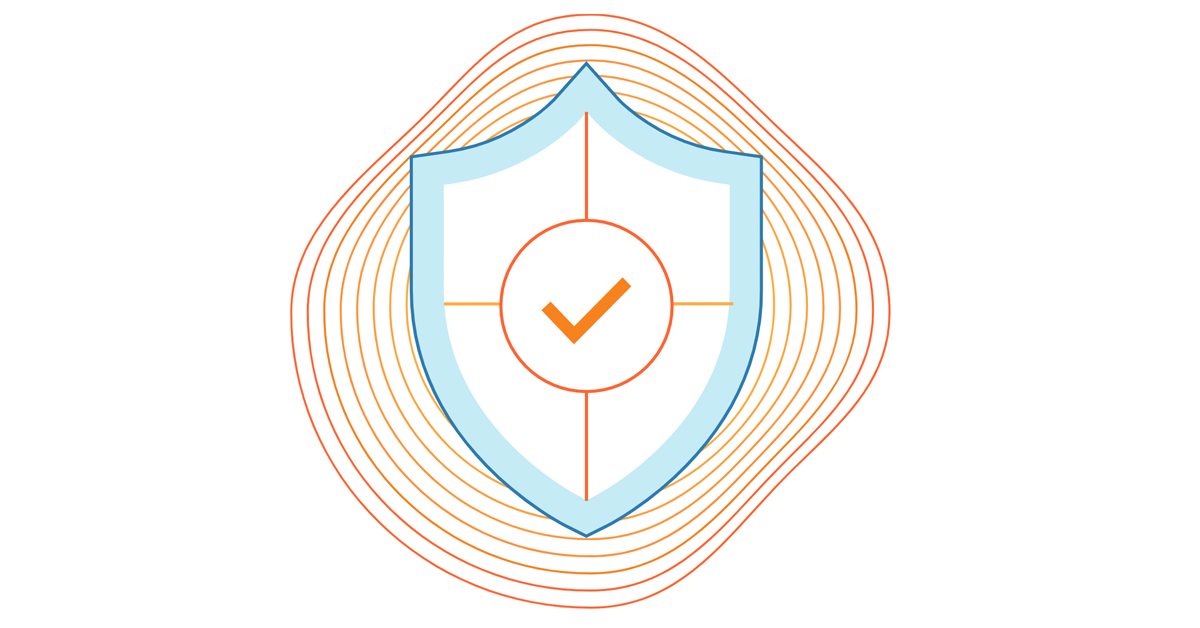
On September 29, 2021, the Apache Security team was alerted to a path traversal vulnerability being actively exploited (zero-day) against Apache HTTP Server version 2.4.49. The vulnerability, in some instances, can allow an attacker to fully compromise the web server via remote code execution (RCE) or at the very least access sensitive files. CVE number 2021-41773 has been assigned to this issue. Both Linux and Windows based servers are vulnerable.
An initial patch was made available on October 4 with an update to 2.4.50, however, this was found to be insufficient resulting in an additional patch bumping the version number to 2.4.51 on October 7th (CVE-2021-42013).
Customers using Apache HTTP Server versions 2.4.49 and 2.4.50 should immediately update to version 2.4.51 to mitigate the vulnerability. Details on how to update can be found on the official Apache HTTP Server project site.
Any Cloudflare customer with the setting normalize URLs to origin turned on have always been protected against this vulnerability.
Additionally, customers who have access to the Cloudflare Web Application Firewall (WAF), receive additional protection by turning on the rule with the following IDs:
1c3d3022129c48e9bb52e953fe8ceb2f(for Continue reading
In a win for the Internet, federal court rejects copyright infringement claim against Cloudflare
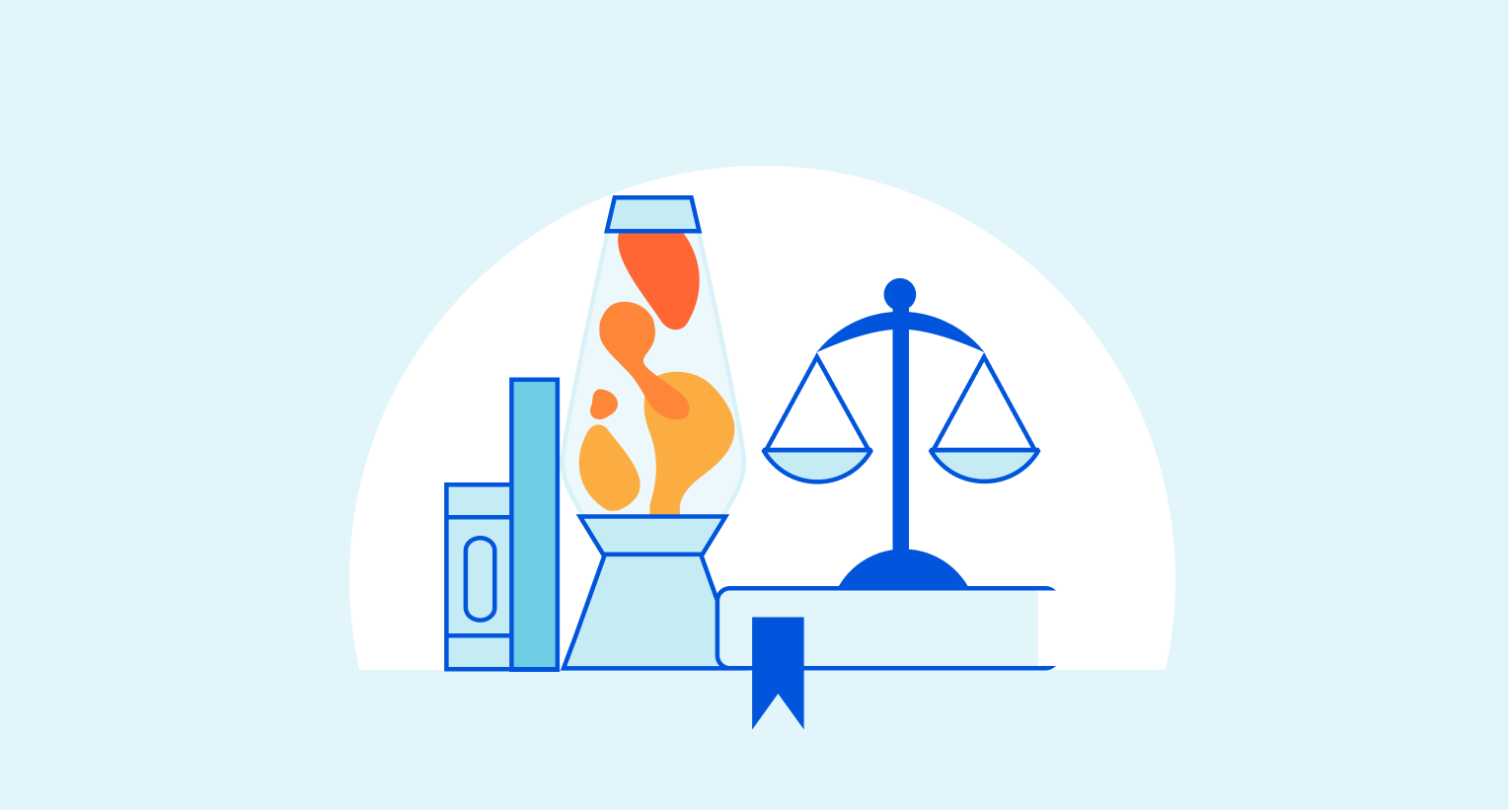
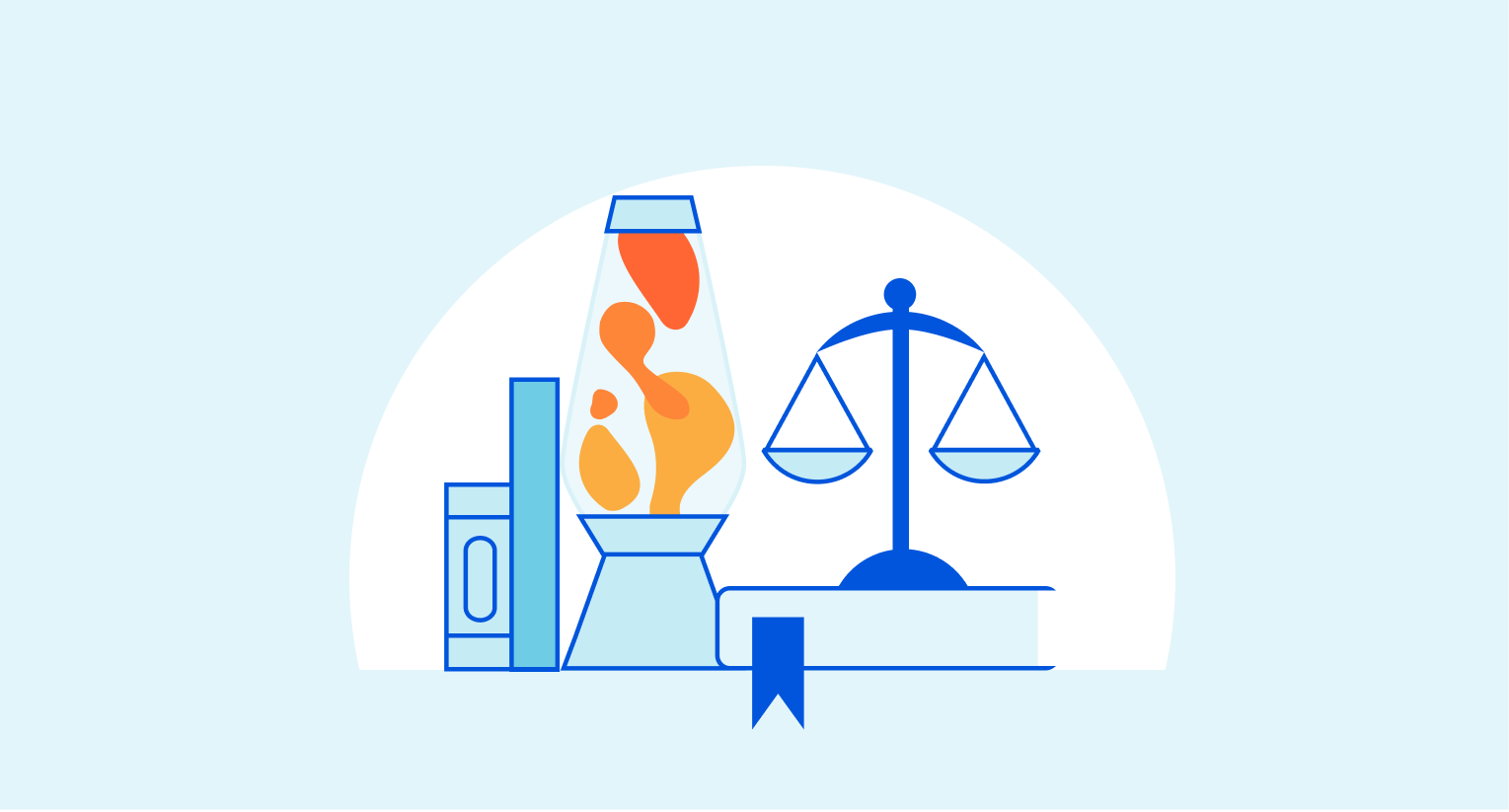
Since the founding of the Internet, online copyright infringement has been a real concern for policy makers, copyright holders, and service providers, and there have been considerable efforts to find effective ways to combat it. Many of the most significant legal questions around what is called “intermediary liability” — the extent to which different links in the chain of an Internet transmission can be held liable for problematic online content — have been pressed on lawmakers and regulators, and played out in courts around issues of copyright.
Although section 230 of the Communications Decency Act in the United States provides important protections from liability for intermediaries, copyright and other intellectual property claims are one of the very few areas carved out of that immunity.
A Novel Theory of Liability
Over the years, copyright holders have sometimes sought to hold Cloudflare liable for infringing content on websites using our services. This never made much sense to us. We don’t host the content of the websites at issue, we don’t aggregate or promote the content or in any way help end users find it, and our services are not even necessary for the content’s availability online. Infrastructure service providers like Cloudflare are Continue reading
Waiting Room: Random Queueing and Custom Web/Mobile Apps

Today, we are announcing the general availability of Cloudflare Waiting Room to customers on our Enterprise plans, making it easier than ever to protect your website against traffic spikes. We are also excited to present several new features that have user experience in mind — an alternative queueing method and support for custom web/mobile applications.
First-In-First-Out (FIFO) Queueing

Whether you’ve waited to check out at a supermarket or stood in line at a bank, you’ve undoubtedly experienced FIFO queueing. FIFO stands for First-In-First-Out, which simply means that people are seen in the order they arrive — i.e., those who arrive first are processed before those who arrive later.
When Waiting Room was introduced earlier this year, it was first deployed to protect COVID-19 vaccine distributors from overwhelming demand — a service we offer free of charge under Project Fair Shot. At the time, FIFO queueing was the natural option due to its wide acceptance in day-to-day life and accurate estimated wait times. One problem with FIFO is that users who arrive later could see long estimated wait times and decide to abandon the website.
We take customer feedback seriously and improve products based on it. A frequent request Continue reading
Update on recent VoIP attacks: What should I do if I’m attacked?


Attackers continue targeting VoIP infrastructure around the world. In our blog from last week, May I ask who’s calling, please? A recent rise in VoIP DDoS attacks, we reviewed how the SIP protocol works, ways it can be abused, and how Cloudflare can help protect against attacks on VoIP infrastructure without impacting performance.
Cloudflare’s network stands in front of some of the largest, most performance-sensitive voice and video providers in the world, and is uniquely well suited to mitigating attacks on VoIP providers.
Because of the sustained attacks we are observing, we are sharing details on recent attack patterns, what steps they should take before an attack, and what to do after an attack has taken place.
Below are three of the most common questions we’ve received from companies concerned about attacks on their VoIP systems, and Cloudflare’s answers.
Question #1: How is VoIP infrastructure being attacked?
The attackers primarily use off-the-shelf booter services to launch attacks against VoIP infrastructure. The attack methods being used are not novel, but the persistence of the attacker and their attempts to understand the target’s infrastructure are.
Attackers have used various attack vectors to probe the existing defenses of targets and try to Continue reading
Staging TLS Certificate: Make every deployment a safe deployment
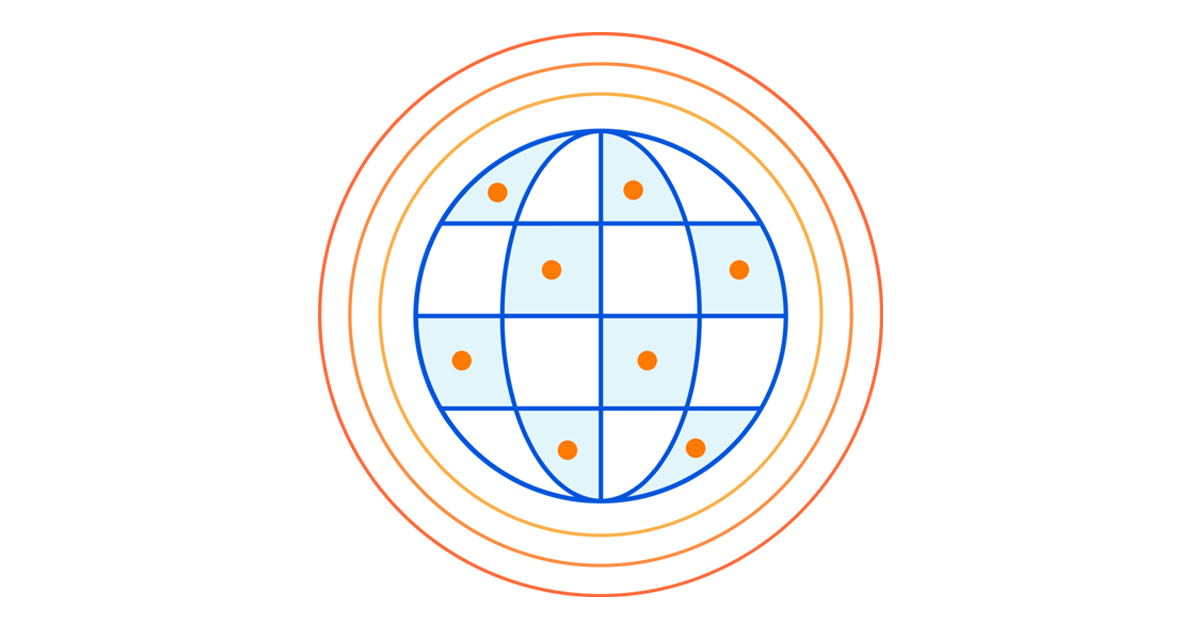
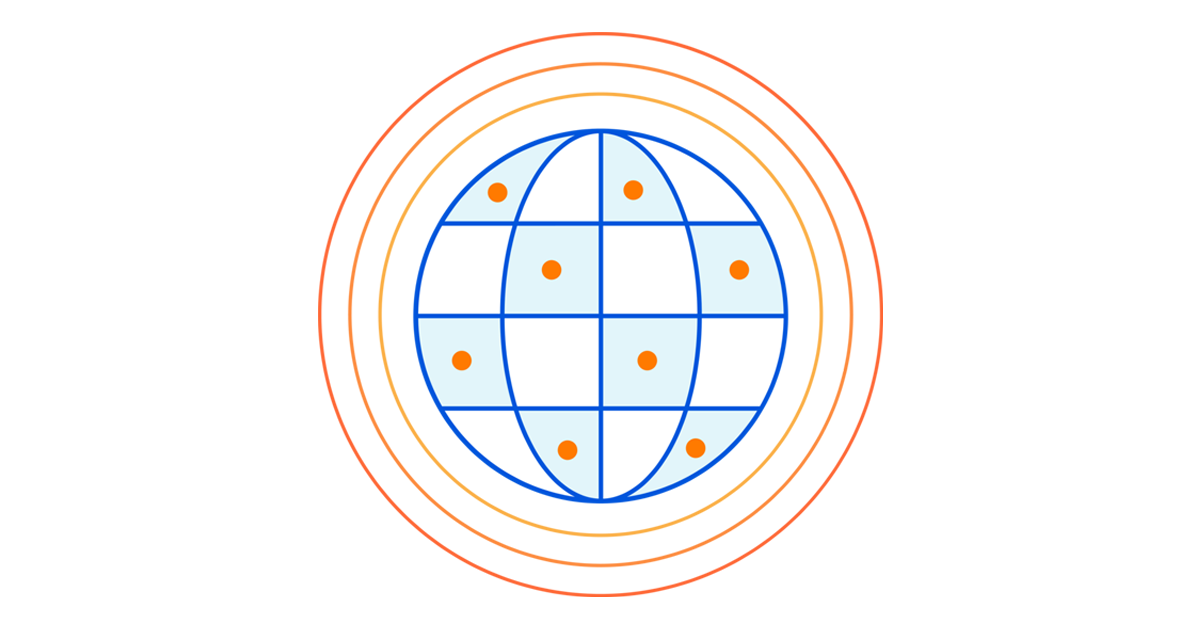
We are excited to announce that Enterprise customers now have the ability to test custom uploaded certificates in a staging environment before pushing them to production.
With great power comes great responsibility
If you’re running a website or the API that’s behind a popular app, you know your users have high expectations: it can't just be up and running; it also has to be fast and secure. One of the easiest and most standardized ways to secure connections is with the TLS protocol. To do that, you need to acquire a TLS certificate for your domain.
One way to get a certificate is by using a CDN provider, like Cloudflare. We make the process really easy by issuing certificates on your behalf. Not just that, but when your certificate is getting closer to its expiration date, we are responsible for re-issuing it. But, if you don’t want Cloudflare to issue the certificate on your behalf and want to obtain the certificate yourself, you can do so. You can either keep control of your private key, or generate a Certificate Signing Request (CSR) through Cloudflare, so we maintain the private key, but you can still use the certificate authority (CA) of Continue reading
Measuring Hyper-Threading and Turbo Boost


We often put together experiments that measure hardware performance to improve our understanding and provide insights to our hardware partners. We recently wanted to know more about Hyper-Threading and Turbo Boost. The last time we assessed these two technologies was when we were still deploying the Intel Xeons (Skylake/Purley), but beginning with our Gen X servers we switched over to the AMD EPYC (Zen 2/Rome). This blog is about our latest attempt at quantifying the performance impact of Hyper-Threading and Turbo Boost on our AMD-based servers running our software stack.
Intel briefly introduced Hyper-Threading with NetBurst (Northwood) back in 2002, then reintroduced Hyper-Threading six years later with Nehalem along with Turbo Boost. AMD presented their own implementation of these technologies with Zen in 2017, but AMD’s version of Turbo Boost actually dates back to AMD K10 (Thuban), in 2010, when it used to be called Turbo Core. Since Zen, Hyper-Threading and Turbo Boost are known as simultaneous multithreading (SMT) and Core Performance Boost (CPB), respectively. The underlying implementation of Hyper-Threading and Turbo Boost differs between the two vendors, but the high-level concept remains the same.
Hyper-Threading or simultaneous multithreading creates a second hardware thread within a processor’s core, also known Continue reading
Understanding How Facebook Disappeared from the Internet
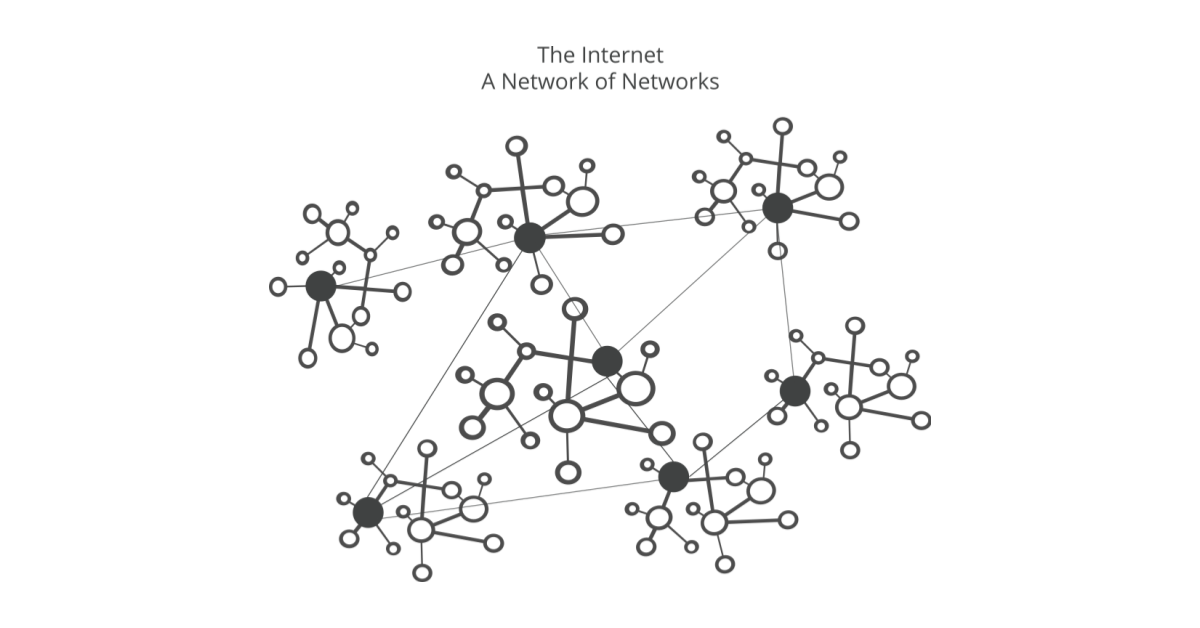

“Facebook can't be down, can it?”, we thought, for a second.
Today at 15:51 UTC, we opened an internal incident entitled "Facebook DNS lookup returning SERVFAIL" because we were worried that something was wrong with our DNS resolver 1.1.1.1. But as we were about to post on our public status page we realized something else more serious was going on.
Social media quickly burst into flames, reporting what our engineers rapidly confirmed too. Facebook and its affiliated services WhatsApp and Instagram were, in fact, all down. Their DNS names stopped resolving, and their infrastructure IPs were unreachable. It was as if someone had "pulled the cables" from their data centers all at once and disconnected them from the Internet.
This wasn't a DNS issue itself, but failing DNS was the first symptom we'd seen of a larger Facebook outage.
How's that even possible?
Update from Facebook
Facebook has now published a blog post giving some details of what happened internally. Externally, we saw the BGP and DNS problems outlined in this post but the problem actually began with a configuration change that affected the entire internal backbone. That cascaded into Facebook and other properties disappearing and Continue reading
Announcing Access Temporary Authentication

Zero Trust rules by default block attempts to reach a resource. To obtain access, users need to prove they should be allowed to connect using signals like their identity, their device health, and other factors.
However, some workflows need a second opinion. Starting today, you can add new policies in Cloudflare Access that grant temporary access to specific users based on approvals for a set of predefined administrators. You can decide that some applications need second-party approval in addition to other Zero Trust signals. We’re excited to give your team another layer of Zero Trust control for any application — whether it’s a popular SaaS tool or you host it yourself.
Why temporary authentication?
Configuring appropriate user access is a challenge. Most companies start granting employee-specific application access based on username or email. This requires manual provisioning and deprovisioning when an employee joins or leaves.
When this becomes unwieldy, security teams generally use identity provider groups to set access levels by employee role. Which allows better provisioning and deprovisioning, but again starts to get clunky when application access requirements do not conform around roles. If a specific support rep needs access, then they need to be added to an existing Continue reading
The secret to Cloudflare’s pace of Innovation


We are 11! And we also may be a little bleary-eyed and giddy from a week of shipping.

Our Birthday Weeks are one of my favorite Cloudflare traditions — where we release innovations that help to build a better Internet. Just this week we tackled email security, expanded our network into office buildings, and entered into the Web3 world.

But these weeks also precipitate the most common questions I’m asked from my product and engineering peers across the industry: how do we do it? How do we get so much stuff out so quickly? That we are able to innovate — and innovate so quickly — is no happy accident. In fact, this capability has been very deliberately built into the DNA of Cloudflare. I want to touch on three of the reasons unique to us: one relates to our people, one relates to our technology, and one relates to our customers.
Cultivating curiosity
The seeds of innovative ideas start with our team. One of the core things we look for when hiring in every role at Cloudflare — be it engineering and product or sales or account — is curiosity. We seek people who approach a situation Continue reading